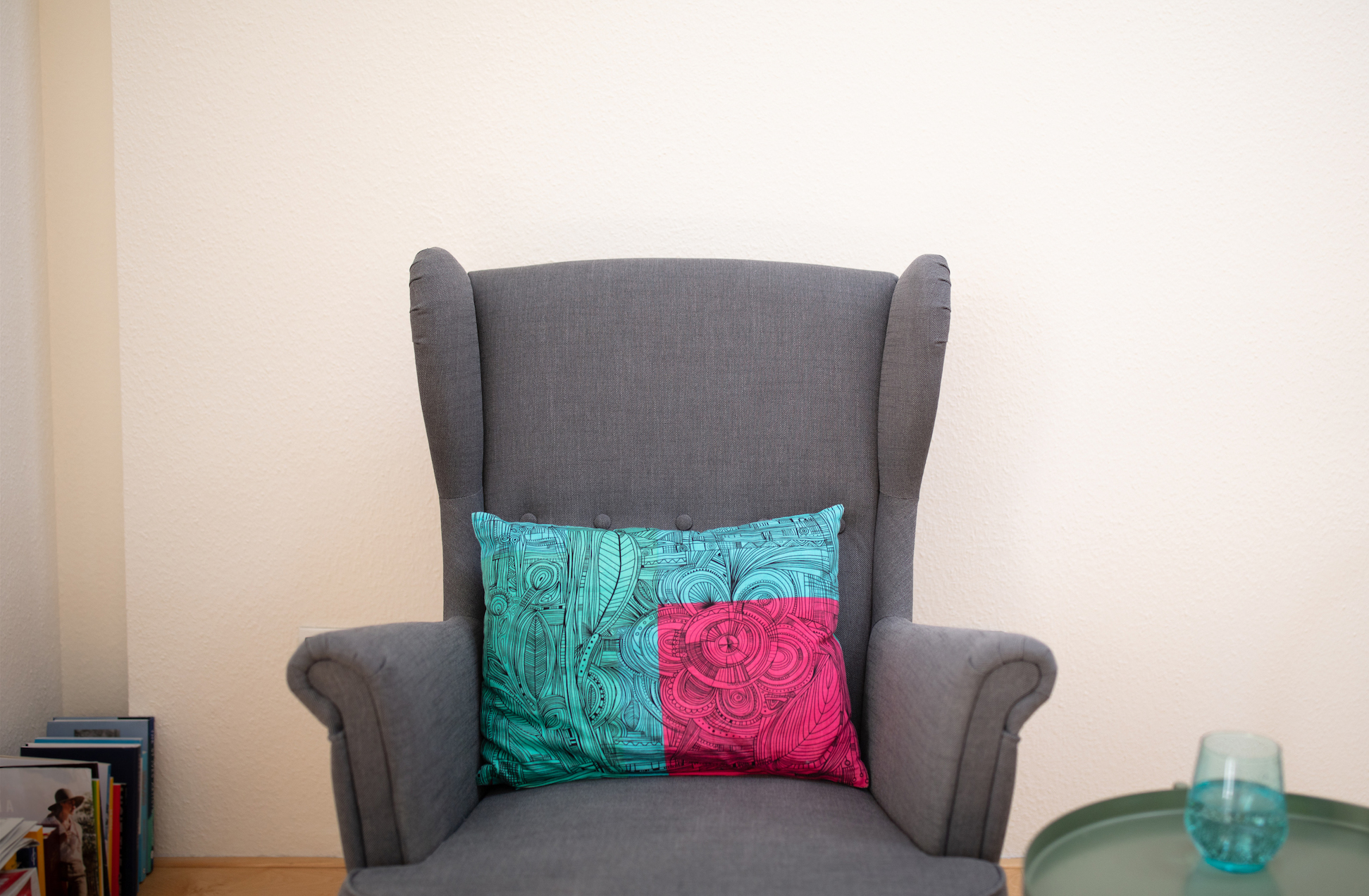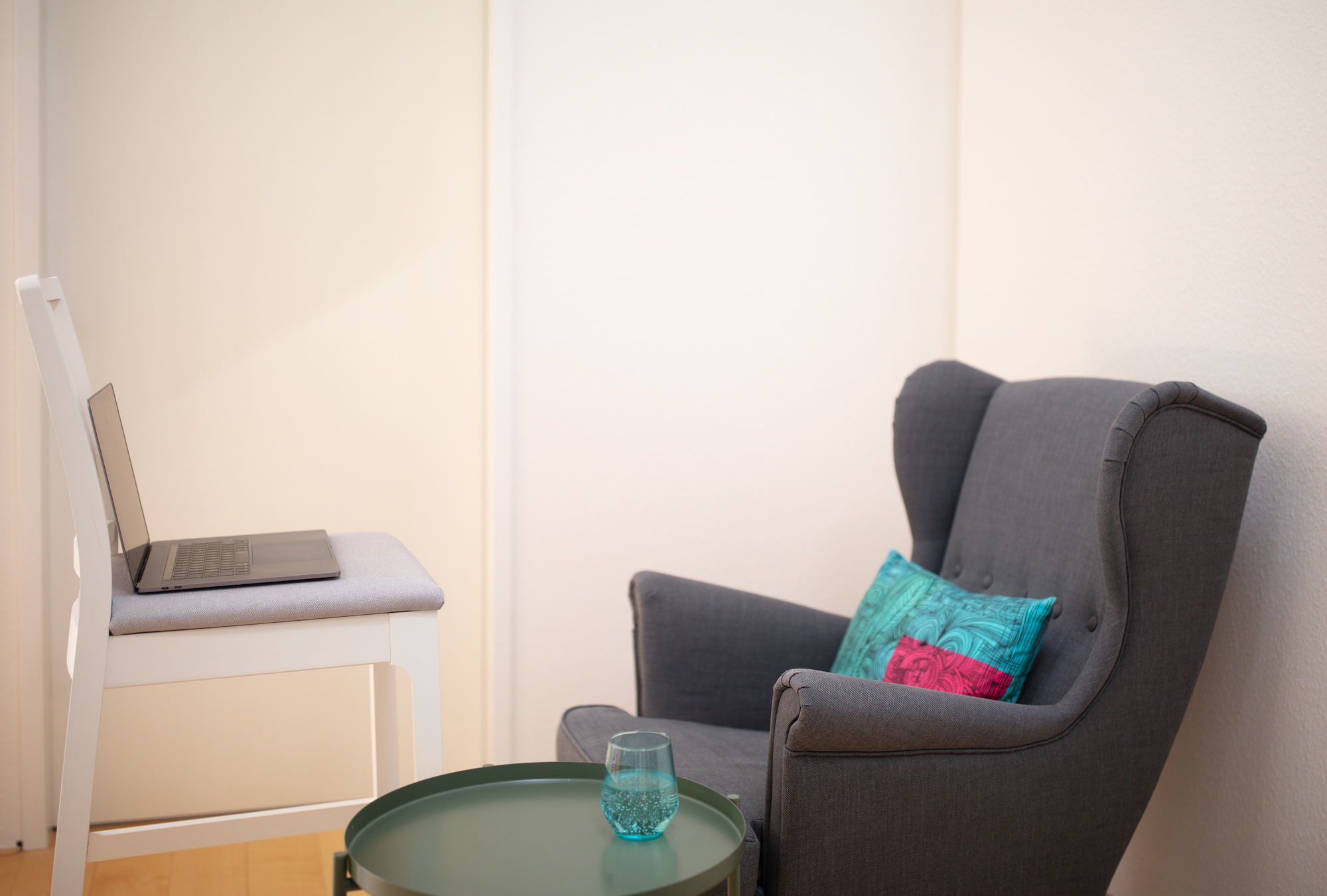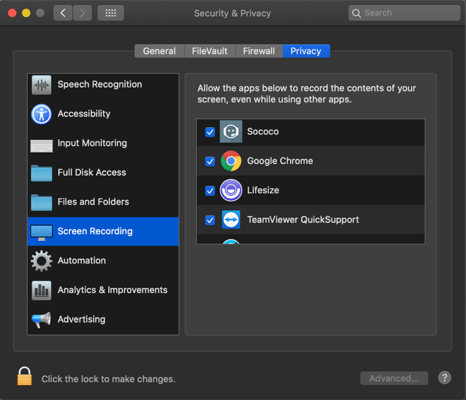10 tips for presenting at virtual events
By guest bloggers and EMBL AV experts Christopher Höhmann and Jan Abda
Virtual events are on the rise, largely due to the necessity to adapt to the physical distancing enforcements and travel restrictions brought on by the COVID-19 pandemic.
EMBL is continuing to offer advanced training for the scientific community as safely as we can, with many events pivoting to virtual. With speakers spread all over the world with different internet connection speeds, technical support and varying levels of experience with virtual presenting, the EMBL Audiovisual team have put together a guide on how to make sure your presentation is smooth and you come across as professionally as possible for your digital lecture.
- Choose your location wisely
Make sure you choose a location without a window in the background, as this will result in a high contrast, causing you to appear dark and hard to see. Make sure the background isn’t too busy, or has anything that might draw the attention away from your talk.

- Pick a quiet room
When selecting the location for your presentation, make sure there is no loud background noise and that you won’t be disturbed. Who can forget Prof. Robert Kelly’s live BBC broadcast starring his adorable children as unexpected guests!

- Use a headset
Ideally, use a headset in order to ensure the best possible sound. It may feel a bit strange at first, but your audience will thank you for it!
Check out a review of some of the best options here.
- Use a wired connection if possible
If you have the option, connect your device directly rather than relying on a wireless internet connection. This will help avoid any possibly wireless instability or network breaks.
- Avoid using the web browser
There are many different streaming software options out there. If there is a video conferencing app available for the event you are presenting at, for best results download this in advance to use for the live stream rather than relying on the less reliable web browser version.
- Close other programmes
In order to save bandwidth and processing power, close all unnecessary applications on your device before your presentation starts. This will result in a smoother streaming of your talk.
- Share your entire screen – carefully!
It always comes across better if you share your entire screen rather than just your keynote or PowerPoint presentation. Just be sure to keep in mind that as soon as you share your screen, everything that you can see can be seen by your audience, so be aware of what you have visible!
Troubleshooting on Macs
If you have a Mac (running Mac OS Catalina 10.15), you may have some initial problems with sharing your screen. If this is the case, try the following:
Go to System Preference → choose Security & Privacy → select the relevant app under Screen Recording and tick the box.
The (VC) app will have to be restarted in order for the changes to take effect.

- Unshare before question time
When you have finished your presentation, end your screen sharing before the Q&A session starts. Your audience wants to see YOU when they are asking questions about your presentation, not the final slide of your talk.
- Make it readable
Remember, people will be watching your presentation on different devices with different-sized screens. Make sure your digital presentation is clear and that the font is readable – if you can’t read it easily, neither can your audience.
- Test, test, test!
At EMBL, our AV team will test the setup and conditions with you before the live event. Make sure that you carry out the test with exactly the same set-up as you plan to use on the day to eliminate the risk of any nasty surprises.
So now there’s nothing stopping you from giving a smooth and polished presentation at your next virtual conference. Take the time to get familiar with your streaming applications, practice and test the software in advance, and you shouldn’t have anything to worry about!
Check out our tips on how to give a good scientific talk and how to become a better scientific presenter!

Jan Abda and Christopher Hoehmann are dedicated Audiovisual Technicians in the EMBL Photolab, and are responsible for ensuring the technical aspects of our onsite and virtual conferences and courses run as smoothly as possible. We would be lost without them!